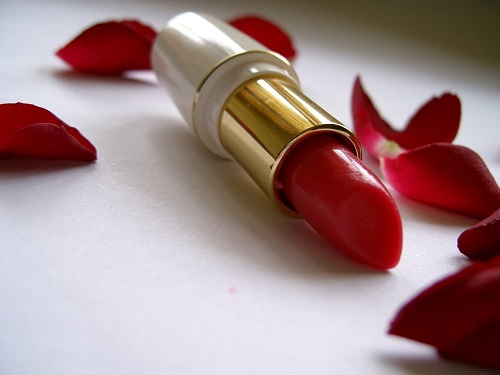Your cart is currently empty!

Beauty Marketing Report
PM Digital recently produced an interesting report on makeup and skincare brands. If you’re not a makeup or skincare brand, you might still find it interesting, because it offers a look into digital traffic sources that we don’t usually get to see. The data is primarily from Experian Marketing Services, and focuses on 45 brands. The report also references Millward Brown and Google’s ThinkInsights study on beauty shoppers.
Here’s what the report tells us about online traffic to beauty brands’ websites:
- Search engines provide about 38% of their traffic, including both paid and organic search.
- Google accounts for 30% of this traffic.
- Shopping sites send nearly 19% of traffic through referrals.
- Email marketing and social media provide 12% each of the traffic for this industry.
- Within social media, YouTube accounts for 5% and Facebook for 6% of traffic. Pinterest managed just .2% and Make Up Alley came in behind Tumblr.
- More than 6% of traffic comes from referrals from “lifestyle” and “women’s” sites, which we’re guessing means blogs and online magazines.
The proportion of paid search varies enormously. On average, CPC made up 58% of the brands’ search traffic — however, some brands had more than 85% organic search while others had 99% paid. It doesn’t seem reasonable to generalize about paid vs. organic search with this range of variation. However, it seems clear that paid search is part of the strategy of most of the brands surveyed.
Direct and other referral traffic must account for the remaining 10 or 15%, but if we ignore that, we’re left with this picture of traffic sources for beauty brands:
This squares with what the Google study found: organic search is top for bringing beauty shoppers to brand websites, followed by paid search — with YouTube driving purchases far more than for other kinds of products.
PM Digital found that “the vast majority” of beauty brands offer e-commerce options for their visitors. This was smart — not only do consumers shop for beauty products online, but they are actually more likely to try a new product online than in a brick and mortar store, according to the Google study.
Some brands are better than others at social media. While the average contribution of social media to site traffic was 12%, Revlon gets more than 35% of their traffic from social media, and is reportedly cutting back on print to make room for more investment in social. More than half of the brands studied have over one million Likes on Facebook, but only eight have more than two million — and that includes fashion powerhouses Dior and Chanel.
Now, we don’t know how Experian got this data or how accurate it is (if you know, please tell us!), but it’s interesting. Traffic sources can vary significantly from one company to another, but they also tend to show patterns within industries. Beauty shoppers are of course more likely to include Facebook in their path to purchase than companies buying medical equipment. Google naturally sends three times the traffic of the other search engines. But I was surprised to see the importance of beauty shopping sites. I was surprised to see Pinterest so far behind Facebook.
And these are the top brands — I’d be interested to see whether small, artisinal brands are seeing the same patterns.
PM Digital’s conclusions from this study: the omnichannel experience and an integrated online marketing strategy are key. Google’s conclusions from their study: shoppers visit a lot of different sources of information (high converting segments see 10 different sources) so marketers need to be everywhere.
by
Tags:
Comments
2 responses to “Beauty Marketing Report”
I’d like to know the time frame of that data, myself. If it’s been since last August/September, they could be seeing a knee jerk reaction that a lot of online marketers had to secure search.
Good point. I’d expect that across a field of 45 major players, that particular effect would even out, but it is the right time frame for that phenomenon.
I’m having trouble believing that Chanel and Revlon were really sharing their data in this way, and third-party estimates about traffic are notoriously inaccurate. I don’t find the numbers implausible, but I’d like to know where exactly they came from.


Leave a Reply